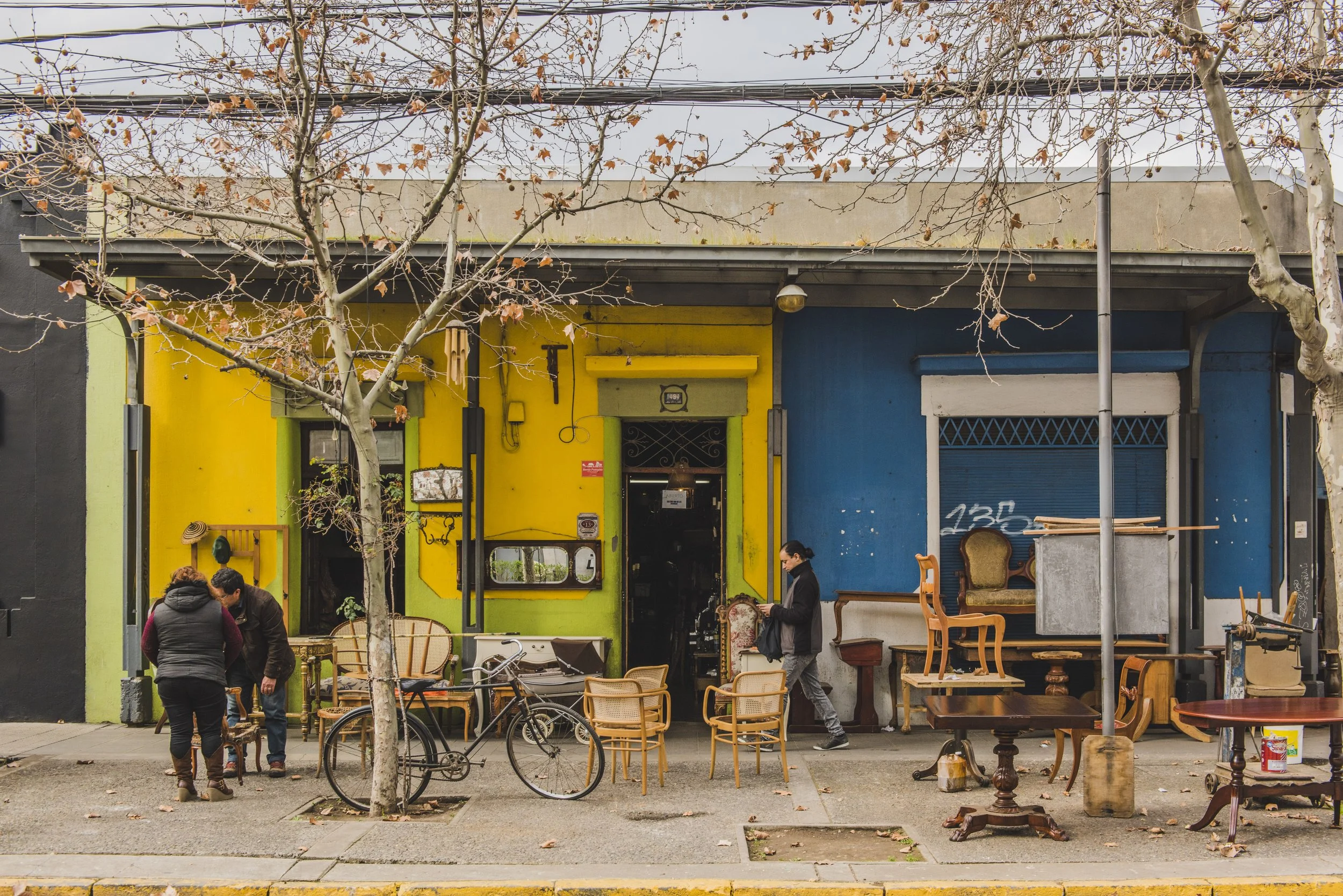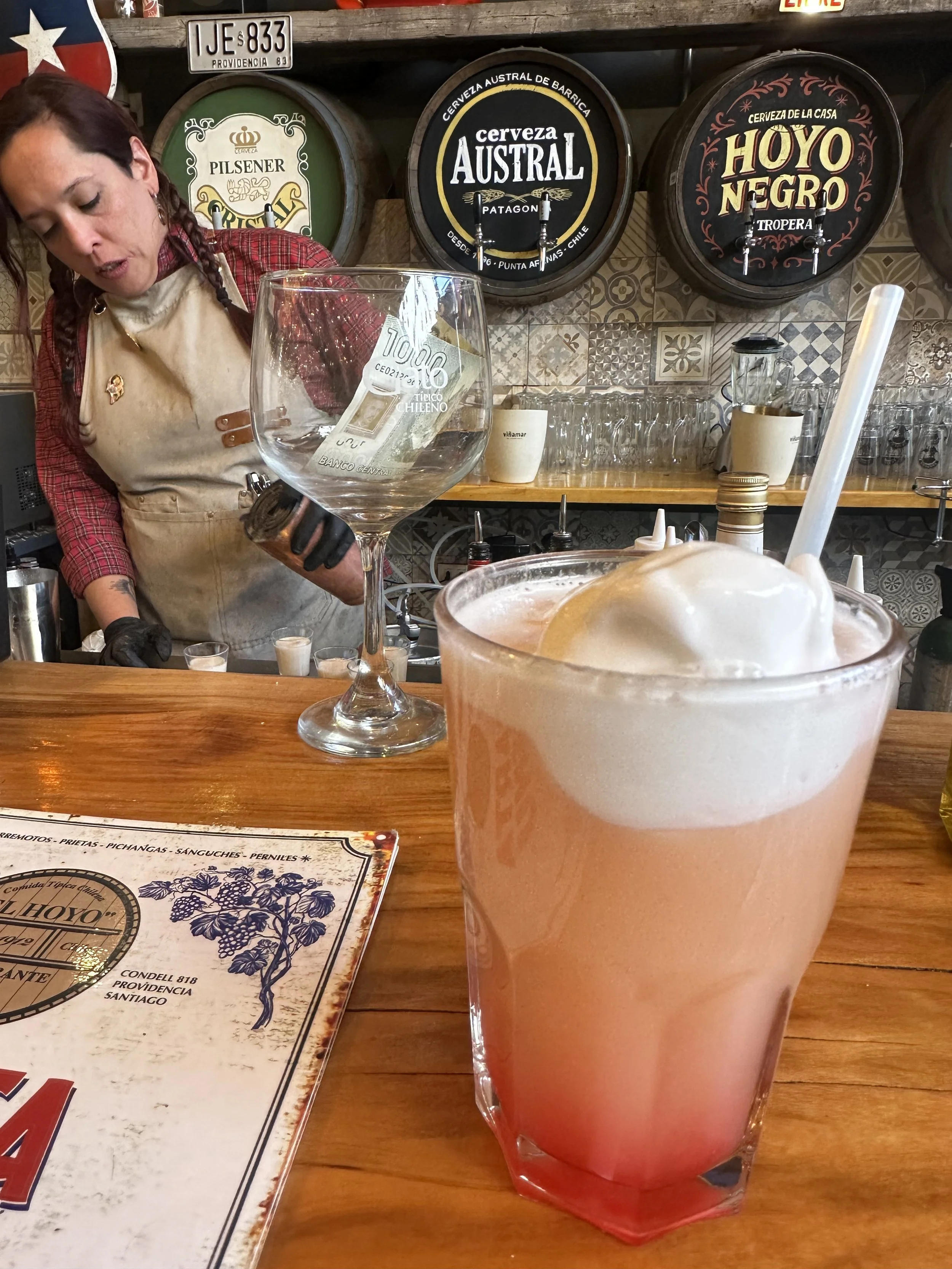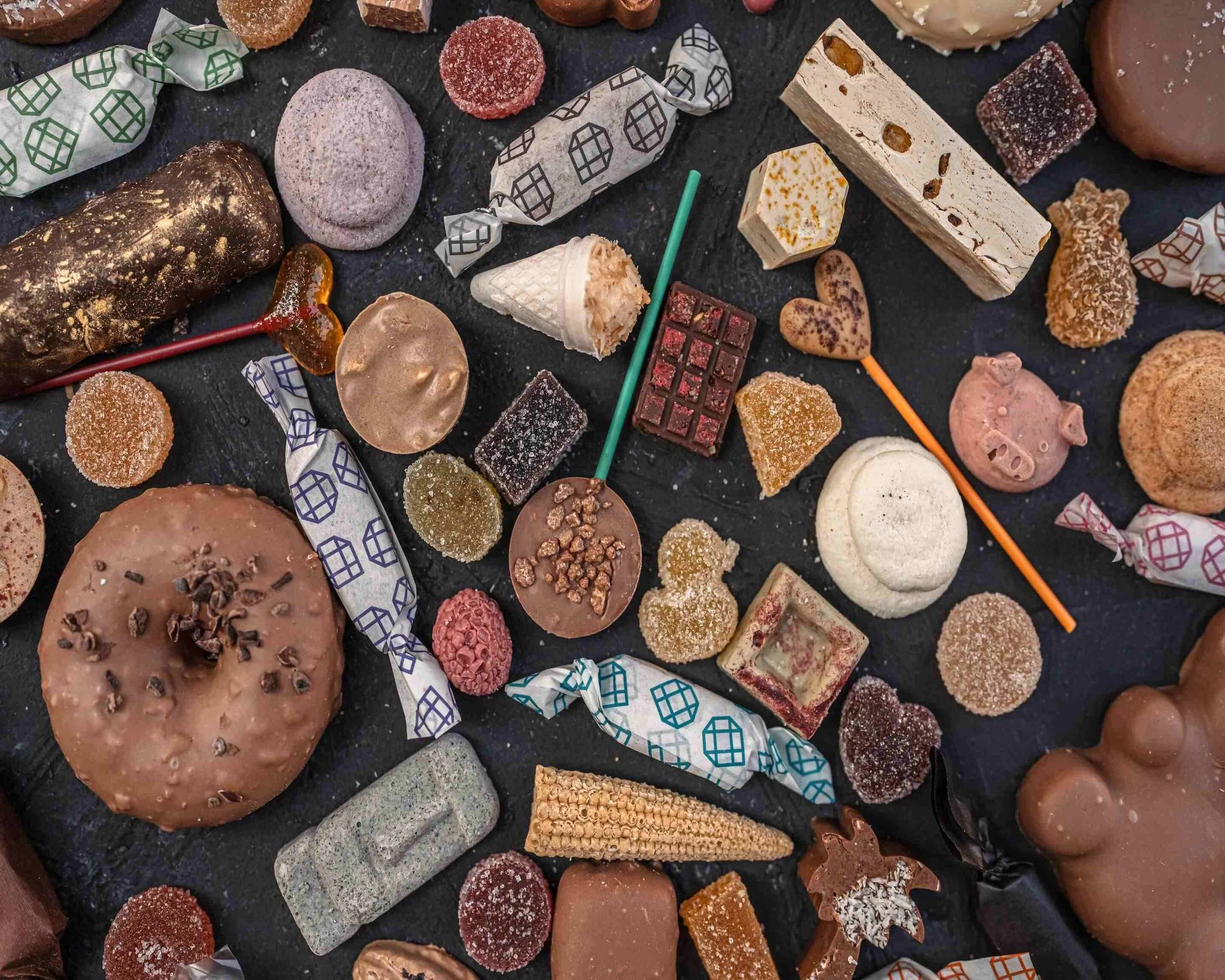Santiago de Chile: A Foodie journey through history, tradition, and flavors
Santiago de Chile is quickly becoming one of Latin America’s most exciting foodie destinations. Its diversity of people, culture, and history is shaping a vibrant culinary scene that gains more recognition every year for its creativity and innovation.
In this journey, we invite you to explore some of Santiago’s most remarkable spots—where food becomes a bridge between past and present, and where history and tradition are served in every dish across the city.
Barrio “La Chimba”, a combination of flavors, aromas and cultures:
Vega Central:
The north area of Santiago (specifically the areas of Recoleta and Independencia) is historically known as “La Chimba”, which means “the other side of the river” in the Quechua language. In this part you find one of the most remarkable points on our foodie tour, La Vega Central. This unique place is a 60 thousand square meter distribution and supplying point of fruits and vegetables in the area of Recoleta. Here, you find products from all parts of the country and, more recently, this place has been recognized as the “tiny Latin America”, due the contribution that communities from other parts of the continent have given to the offer of products this area has.
Afterwards, we continue our journey into Santiago’s downtown with a short visit to the iconic Mercado Central. Opened in 1872, this landmark is famous for its cast-iron architecture and lively atmosphere. As you walk through its corridors, you’ll find colorful displays of fresh seafood, fruits, and traditional ingredients that reflect Chile’s rich coastal and agricultural heritage. Mercado Central is not only a place for locals to shop, but also a vibrant window into the everyday life and culture of Santiago.
Santiago’s downtown historic “Fuentes de Soda”
As you stroll over Santiago’s streets, you will see that the area is surrounded by these particular dining spots.
“Fuente de Sodas” are local restaurants created in the area around the 1950’s inspired by the american dine-in restaurants.
In these shops you will find mostly sandwiches, hotdogs (our local version includes toppings such as avocado, tomato and mayonnaise; our classic “italian” hotdog) and other local preparations like fried empanadas and drinks like wine, beer and local liquors.
“Macarena Achurra - Fundación Imagen de Chile”
Barrio Italia, fashion, design and tasty food!
After exploring the historical part of the city, it is time to visit the new districts that are becoming part of the renovation in the tourist destinations in the city.
Barrio Italia, located in the district of Providencia, is a lovely neighborhood that was originated due the creation of the “Girardi” hat factory, a family business that opened a massive factory for the elaboration of of classic hats in the early 1920’s, as a result, most of the working families decided to establish around the area.
“María José Pedraza– Imagen de Chile”
Over the years, the business started to decrease and, as a result, the factory closed down. However, about 15 years ago, the municipality of Providencia started a renovation of the area, aiming to support the incipient design businesses that gradually started to open around the area.
Now, Avenida Italia and Condell are the core for a neighborhood that presents more design stores, as well as antique stores, souvenir shops and of course, a wide variety of restaurants. Here, visitors can enjoy everything from fresh seafood dishes—like the traditional machas a la parmesana (razor clams baked with parmesan cheese)—to local picadas such as El Hoyo, a legendary spot known for serving the famous terremoto cocktail.
A food tour is never finished until you enjoy some local sweets and treats, and Santiago is no exception. Our exploration of Barrio italia finishes enjoying a classical Mote con Huesillos Santiago’s most recognized brand for the preparation of the popular drink “mote con huesillos”. Mote con Huesillos is a preparation based on “mote”, a local type of barley that is boiled until soft and then combined with “huesillos”, a local version of peaches which are sun dried and then boiled in a mixture with “chancaca”(also known in other countries like “panela”), a thick block of dark sugar combined with other spices like cloves and orange zest. This mixture is then cooled down and mixed with the “mote”.
Here, you can taste this thirst-quencher drink that is also found along many other spots in the city thanks to the little carts that offer this preparation.
“Macarena Achurra - Fundación Imagen de Chile”
Last but not least the visit to Fiol Dulceria, a local candy shop created by the local chef, Camila Fiol. This place works like a literal “sweets lab”, on which local ingredients like maqui, chañar, rica‑rica, rhubarb and chilean truffle, are used to create unique versions of macarons, marshmallows, gummy bears, Turrons and ice creams. Definitely a unique experience!. This candybar has also been recognized in 2024 as one of Latin America’s 50 best restaurants and its owner, Camila Fiol, has been awarded Latin American best Pastry Chef of the year.
Fiol Dulceria
Taste Santiago Like a Local
Exploring Santiago is about more than sightseeing—it’s about experiencing its flavors, aromas, and stories. From a glass of mote con huesillos in La Chimba to gourmet macarons in Barrio Italia, every bite tells a piece of the city’s past and present.
Santiago is ready to surprise you. Come hungry, and leave with unforgettable memories.





